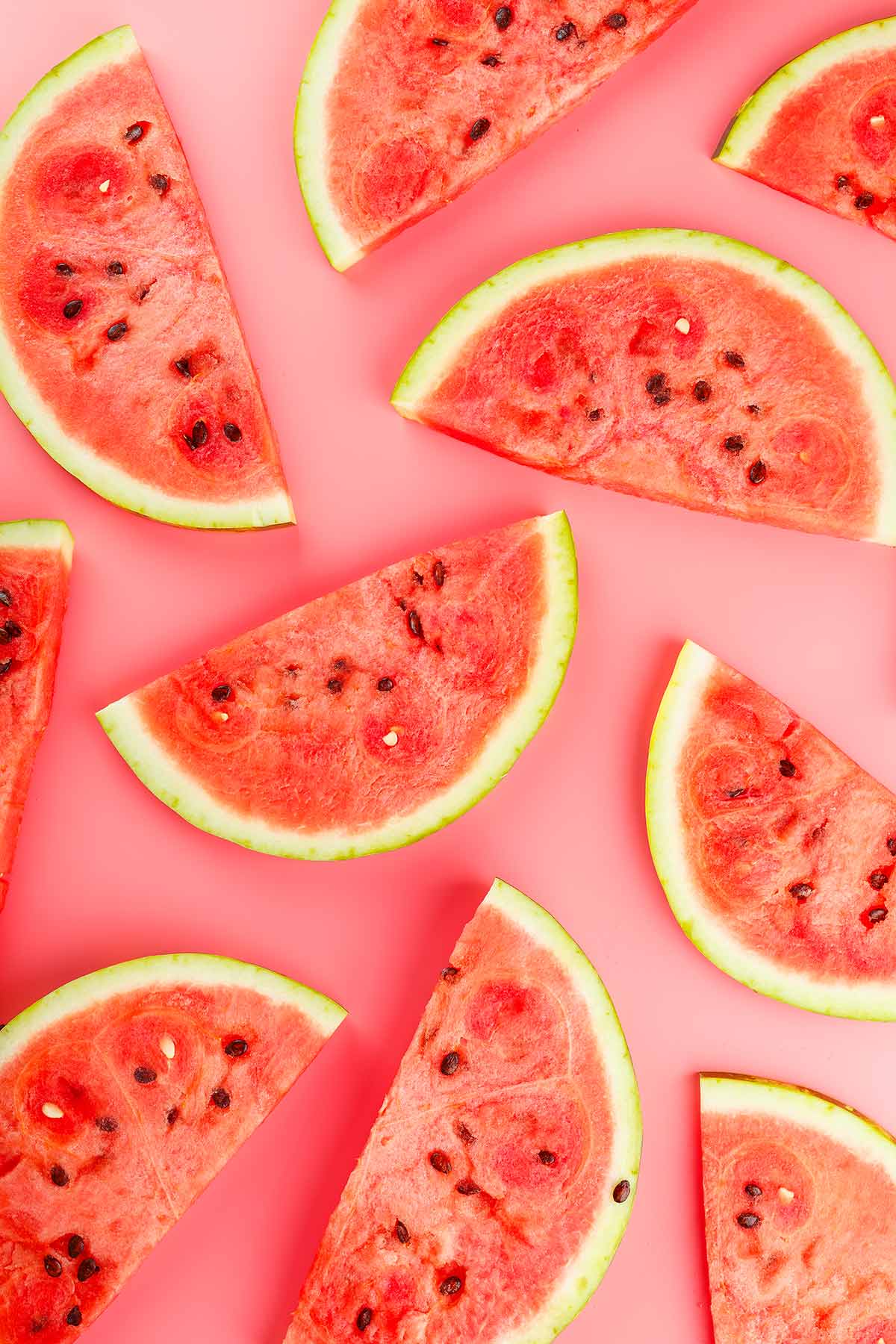
Watermelon, one of summer’s cool, shivery treats, can be a blast or a bust. You know that feeling when you expect sweetness but instead get a ho-hum mouthful of watery nothingness.
Here are six tips on how to select a watermelon that’s perfectly ripe.
1. Pick it up
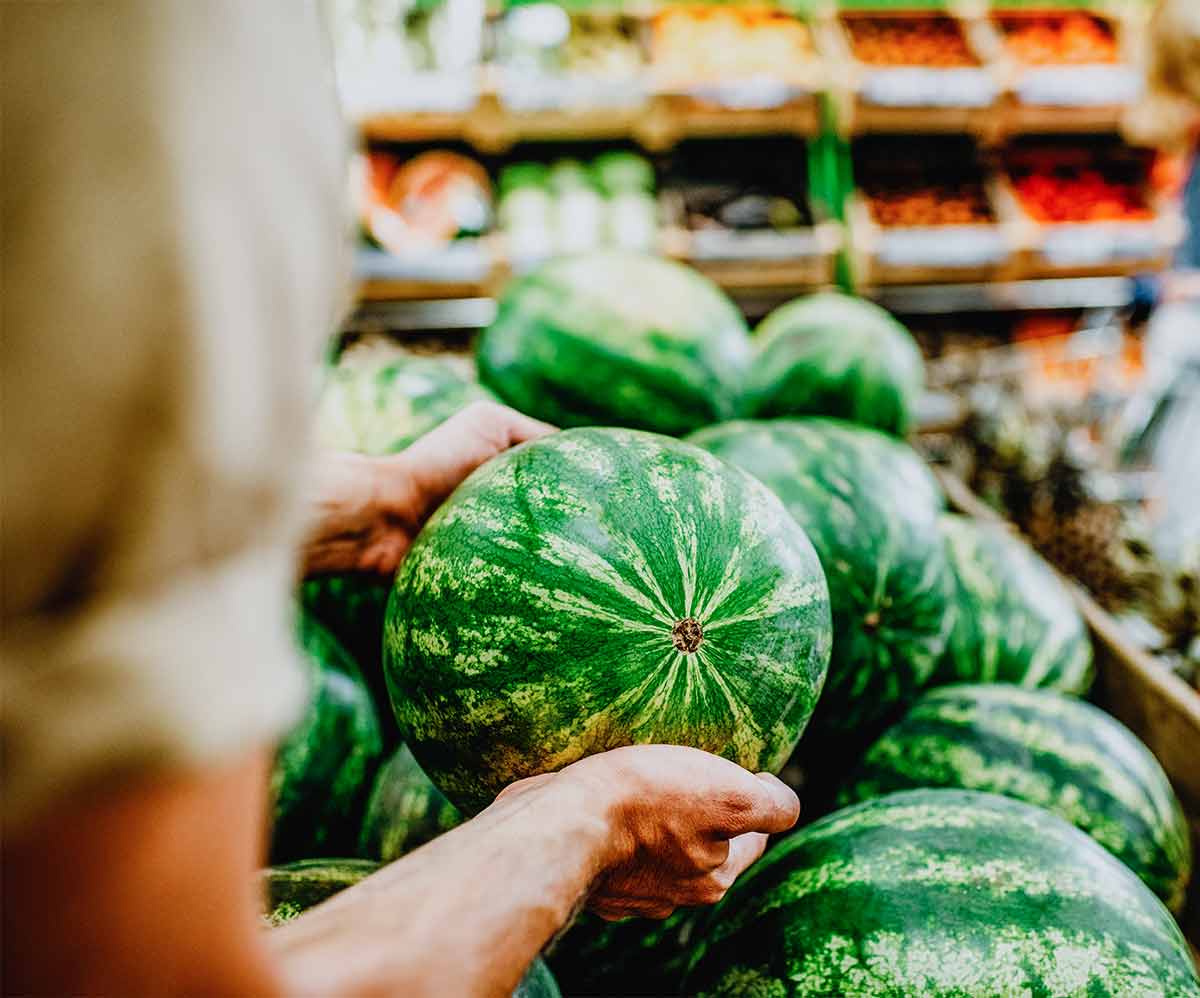
A ripe watermelon should feel heavy for its size. And heavy is a good thing. (As a man of portly proportions, I love being able to write that!) So, when shopping, always choose the heavier of two same-size melons.
2. Look for the yellow spot
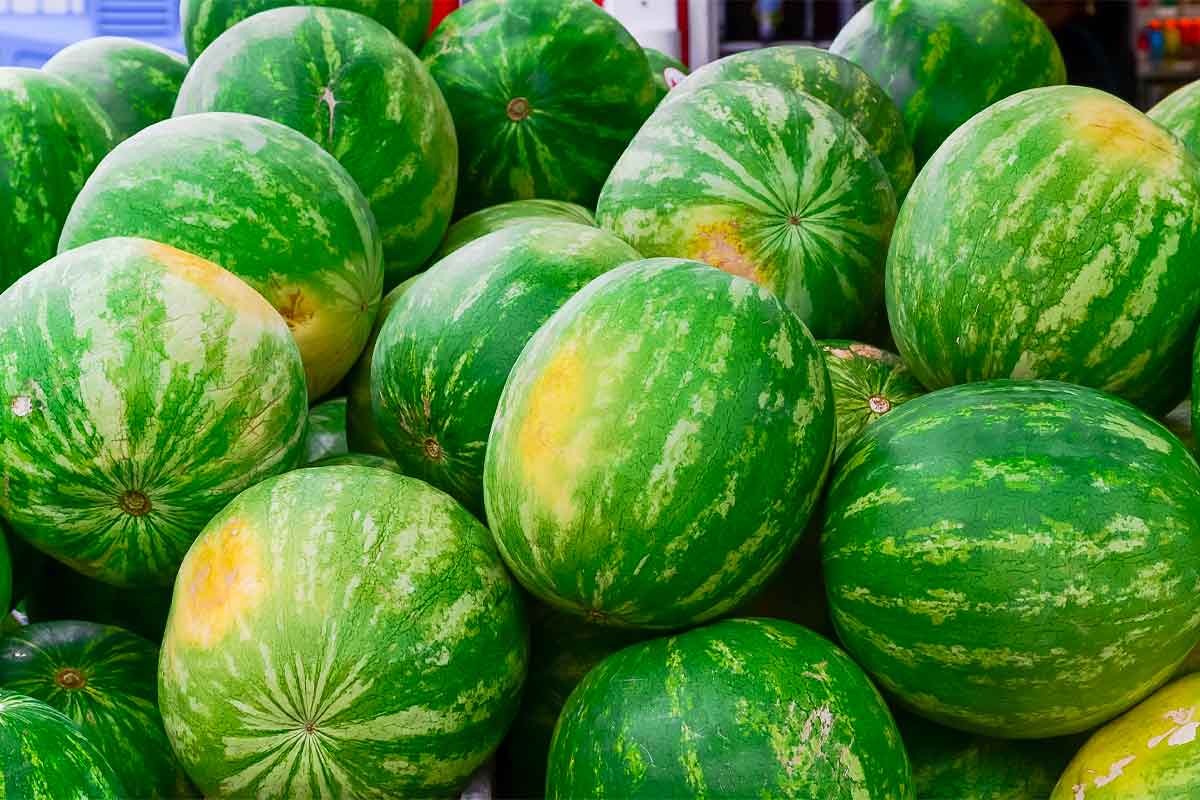
Since watermelons grow on the ground, the spot where they’re in contact with the earth gets no light–hence no green color. That area is called the “field spot” and is probably the best indicator of ripeness and sweetness. Look for a spot that’s yellow in color, which means it’s been ripening on the vine for a long time. A light-colored or white spot means the melon was picked too early. And too early means a fruit that’s fakakta.
3. Give it a good spanking
Okay, you can settle for a good rap with your knuckles. A ripe watermelon will feel sturdy and have a resonant, satisfying hollow sound. That means it’s bursting with watermelon juiciness and is at its peak of ripeness. If the thwap is dull sounding or the fruit feels soft, pass on it.
4. Look for a uniform shape
We here at LC embrace the irregularities of food and life. We welcome misfit veggies and adore ugly fruit. But, sorry, not when it comes to watermelon. We go for cover-model shapes. If your melon is bumpy or has ridges, it’s most likely the recipient of inconsistent love from nature–meaning it was alternately neglected and smothered in sun or water. And you don’t need a melon with emotional baggage.
5. Find the sugar spot
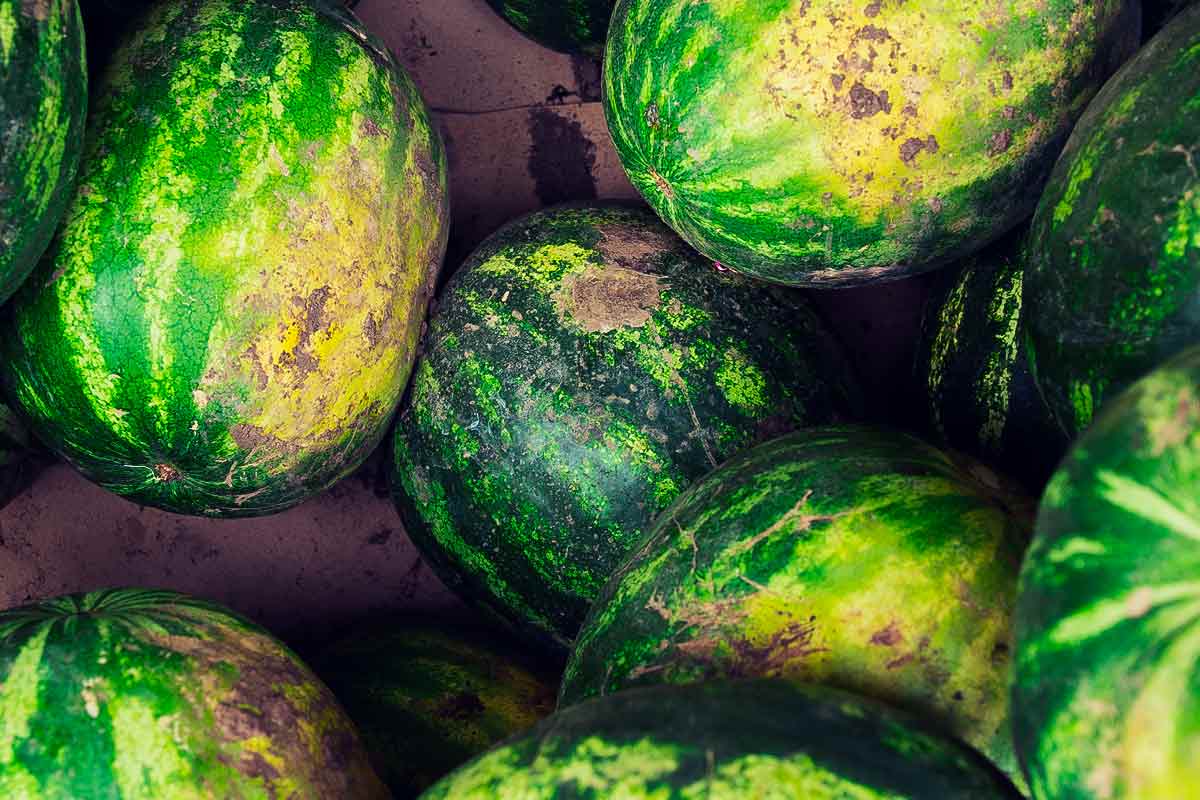
No, this isn’t the title of some pop song with explicit lyrics. The sugar spot is a dark brown rough patch, or webbing, that looks almost like dirt. This is where the sugar is seeping out of the fruit. Sugar=sweetness. Sweetness=a good time had by all.
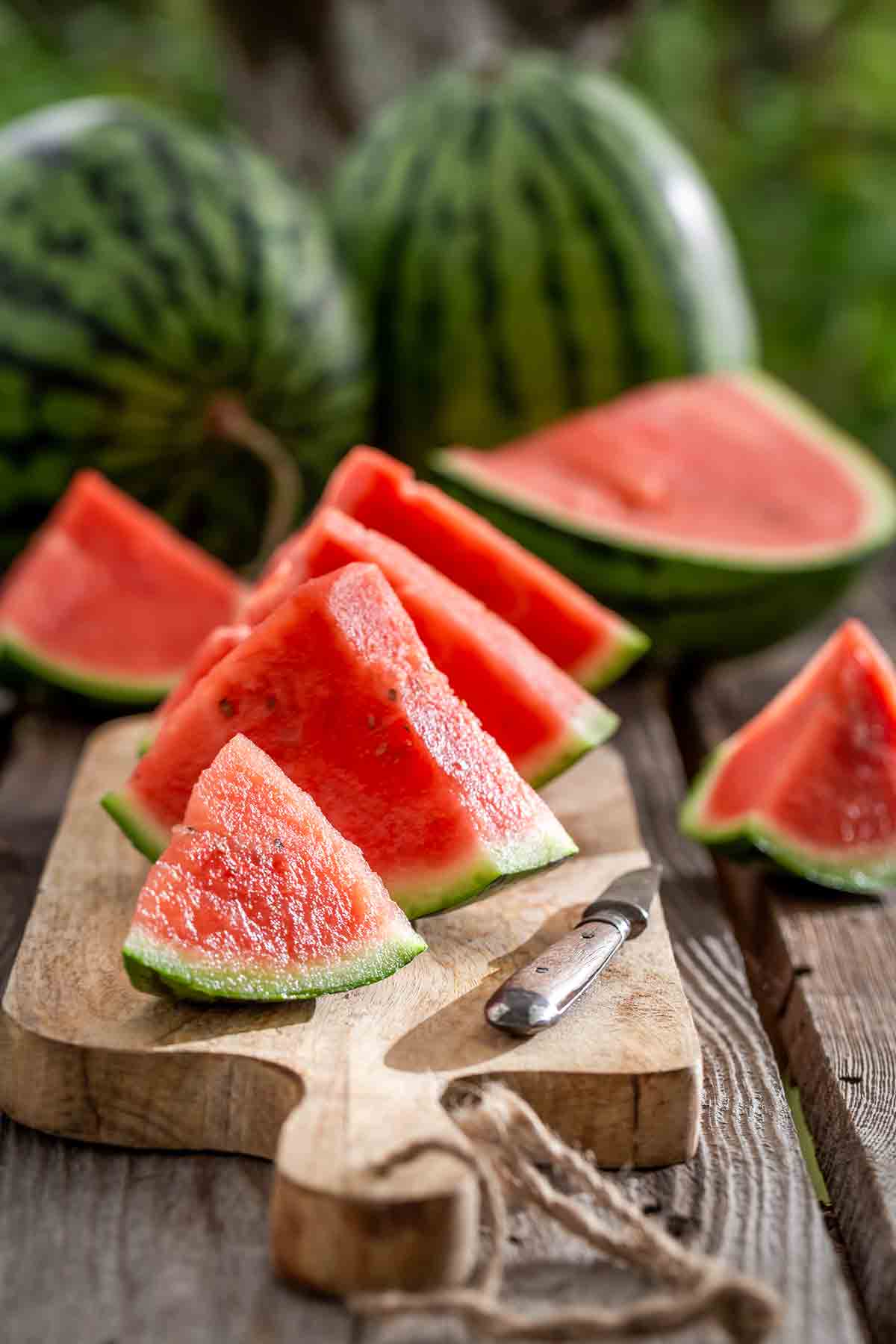
6. Go for dull
A shiny, dewy complexion ain’t for watermelon. A mature, has-seen-the-garden melon has a dull surface…and it’s what lies below that lackluster surface that counts. Sweetness.
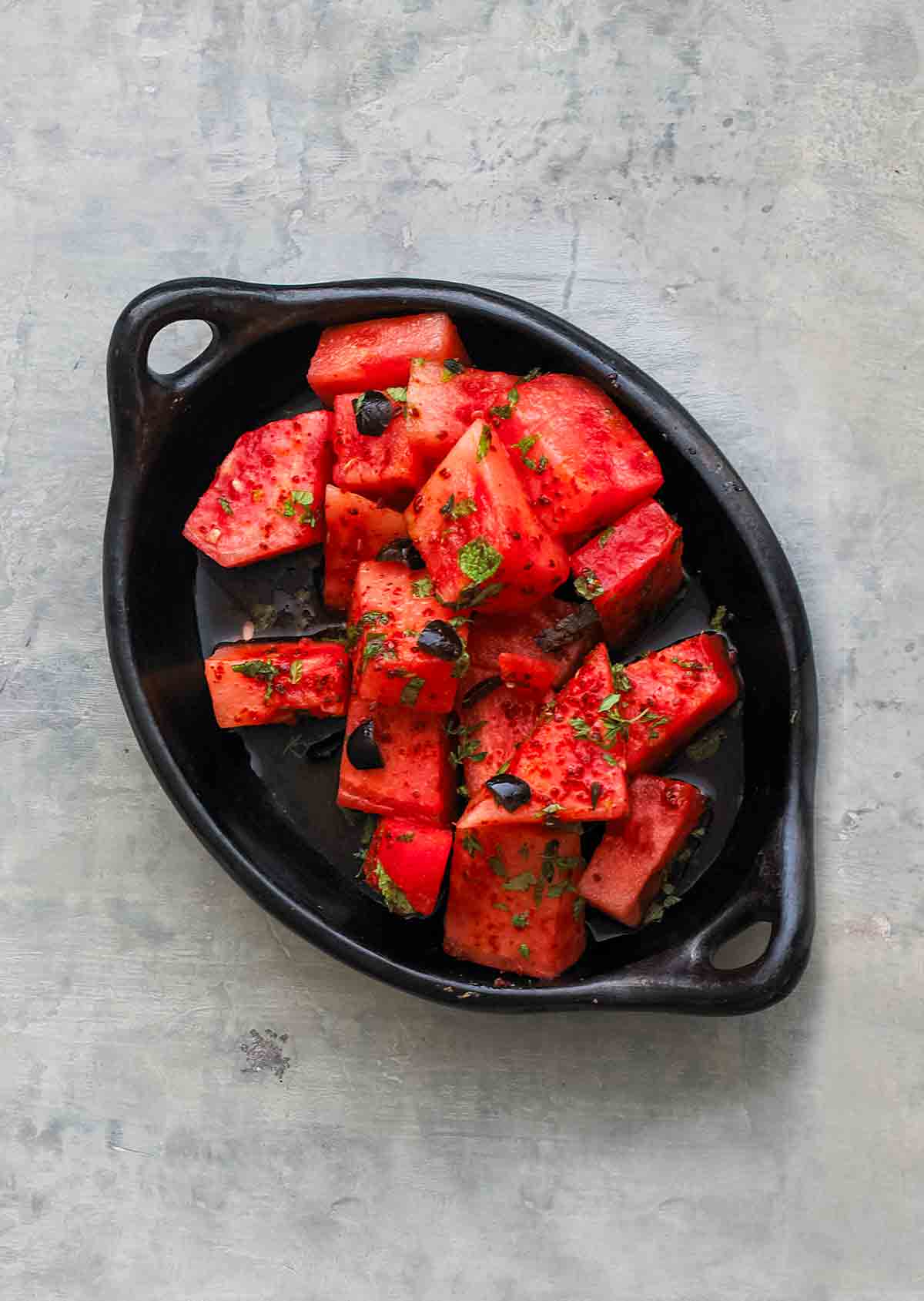
And now . . .
One of summer’s simplest rituals is eating watermelon out of hand (and, if you’re a kid, spitting the seeds at your brother). But have you ever considered watermelon with a sprinkle of sea salt? The cool of watermelon spiked with the heat of Aleppo pepper? Or juxtaposed with salty feta and tangy cherry tomatoes? Or rubbed with the cut side of fresh ginger? Or even tossed on the grill—yes, we’re telling you to heat watermelon. Just brush both sides with a wee bit of olive and place it on the grill for a few minutes to take the edge off its crispness. And, of course, you can always churn it into watermelon sorbet.

So now you have superpowers. Go, now, dear fruit lover, and be the Master of Your Own Watermelon-verse.

Originally published August 8, 2020
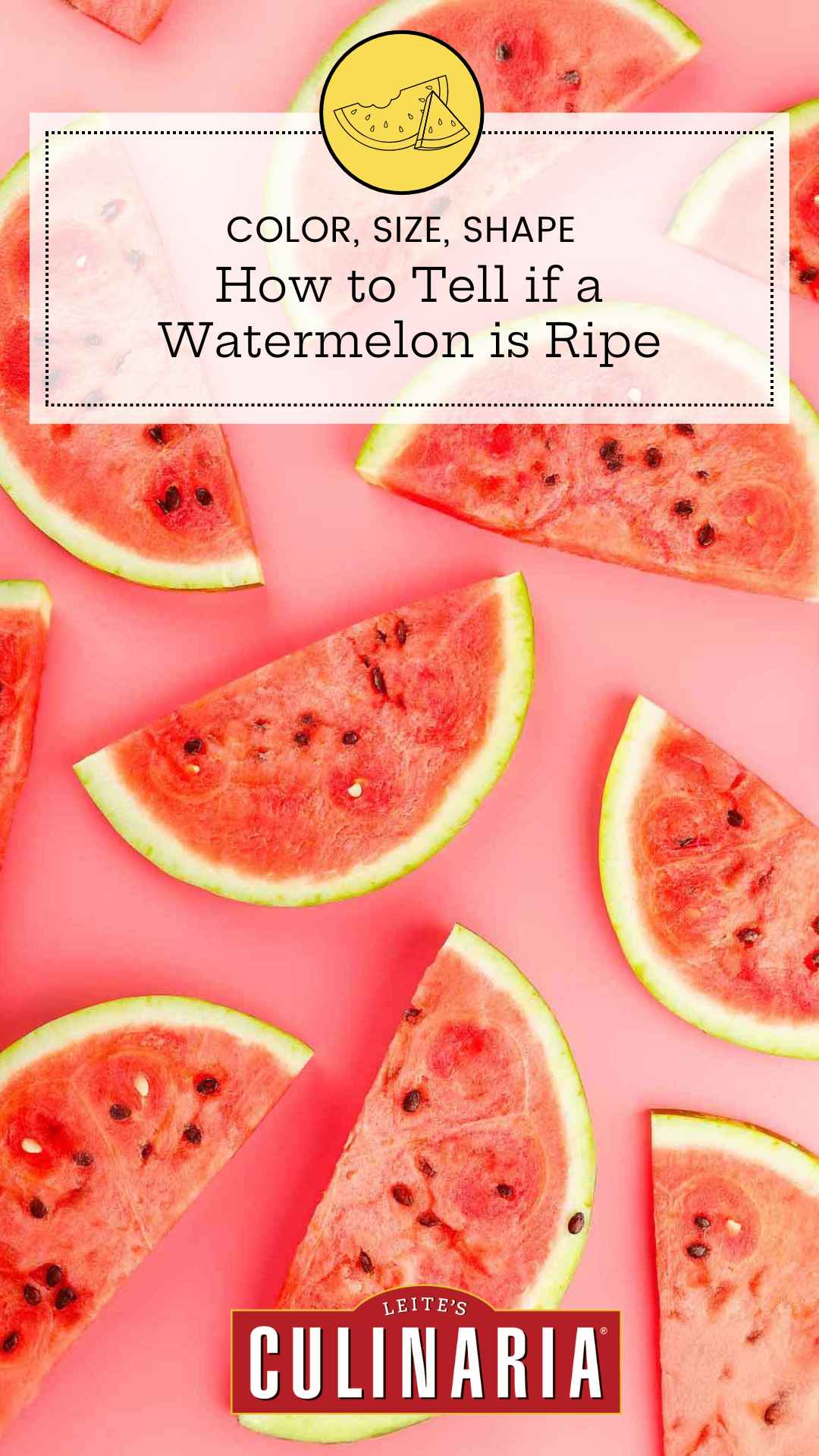
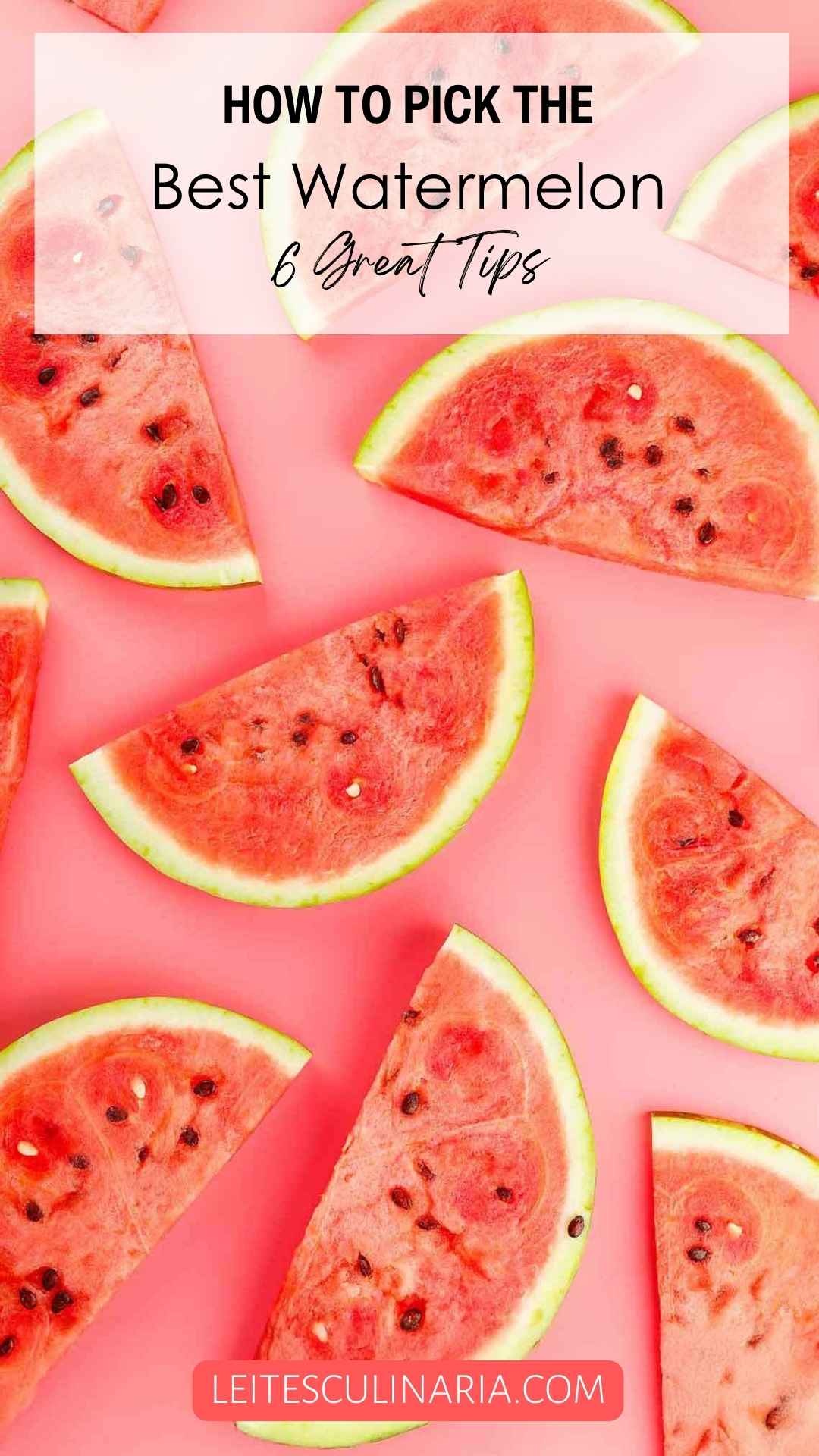

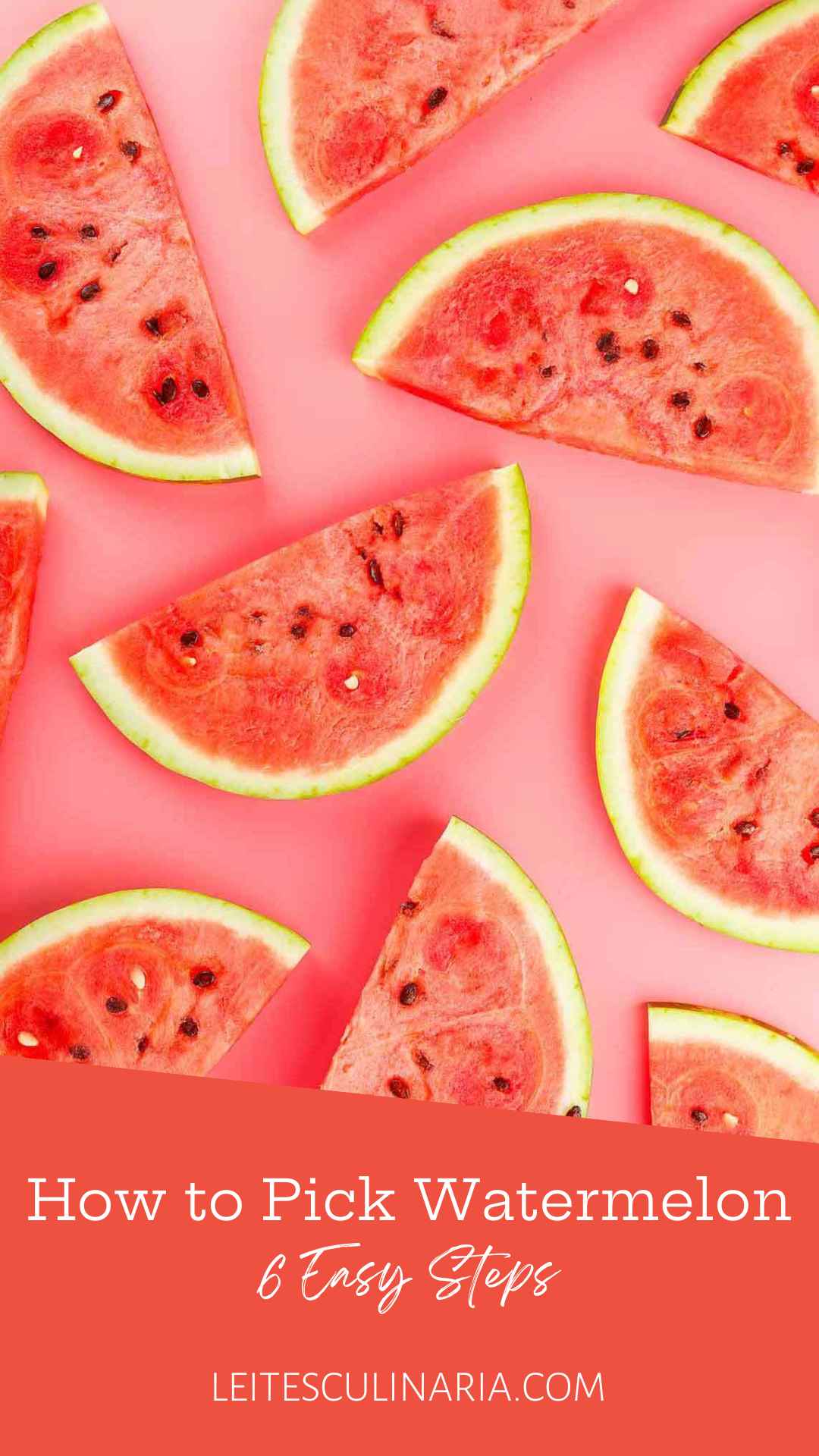
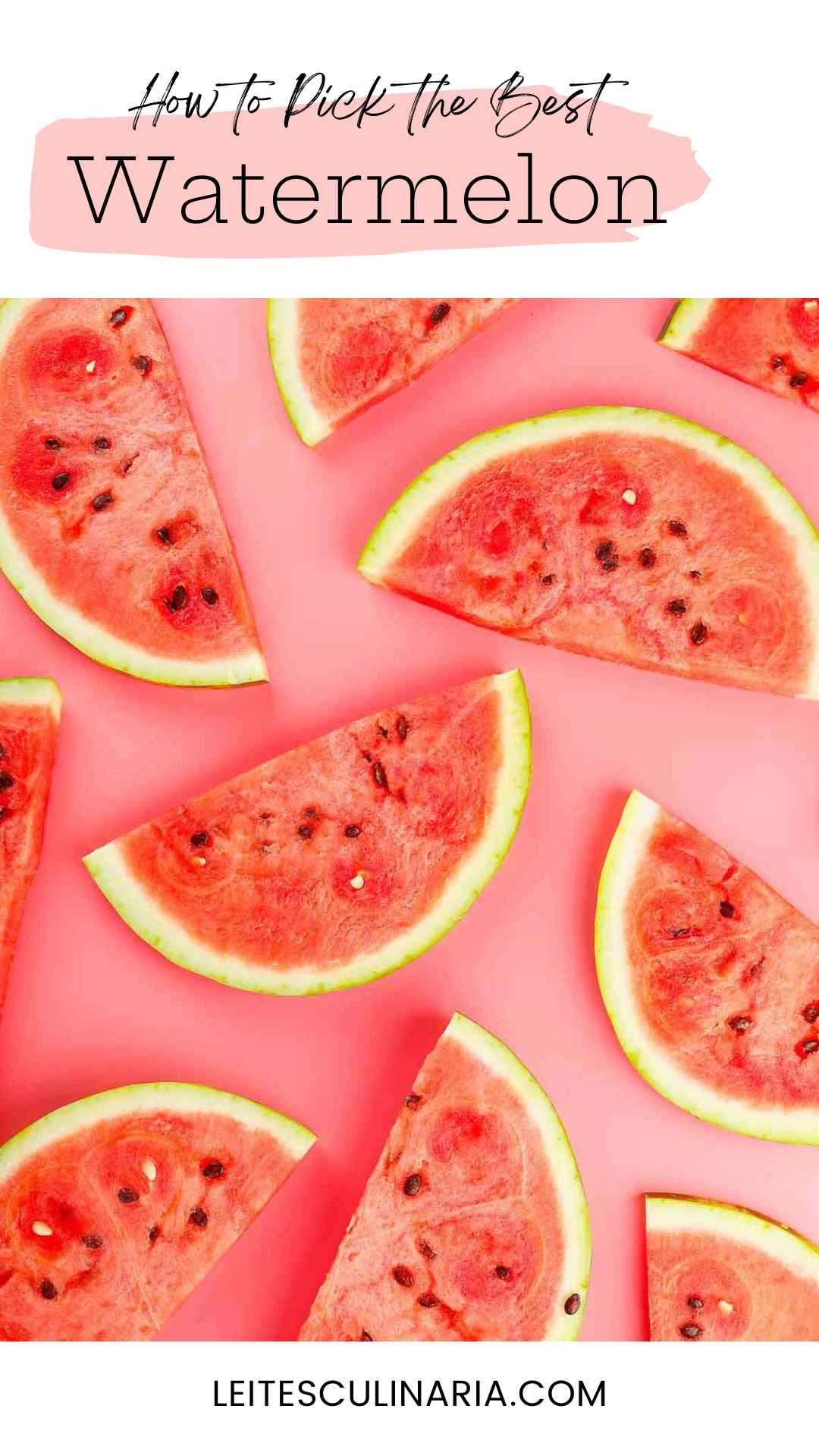











Alas, I am old now and can no longer carry the watermelon up the stairs. Thought I would buy a quarter of one at my grocery… until I realized they were charging more than the price of a whole watermelon. $6 for whole. $4.50 for a quarter of one. Gouging. That’s Nugget Grocery.
Jan, that’s a shame. I am so sorry….
The last time I had a delicious watermelon was in 2011. Before that it was decades prior. Why do all watermelons these days have NO watermelon flavor at all? What has happened to the wonderful flavor they had when I was a child….I’m now 81. Watermelon used to be my favorite fruit but they just don’t measure up these days. I live in the Chicago area. Do you know where I can get a REAL WATERMELON….not a melon that tastes like water?
Donna, I hear you. It’s often hard to find produce that tastes as good as it’s supposed to. I’m not sure where the best place in the Chicago area would be, but if any of our readers have a suggestion, we’d love to hear from you. I’d recommend waiting until peak season and then purchasing one at a farmer’s market.
I’ve always skipped watermelons with sugar spots, thinking it’s an indicator of an unripe one! I’ll try your advice and will let you know 🙂
Thanks, dear for your tip.
You’re more than welcome, Ahmed.
Too many CHEMICALS have destroyed the nutrients in the soils. Why most fruits/vegetables taste very bland, IMO. Once in a bloooie ya get a good one watermelon that is. Again IMO. Wish I had the guru knowledge. Cold / sweet during summer is so refreshing after some BBQ .
Thanks, Joe.